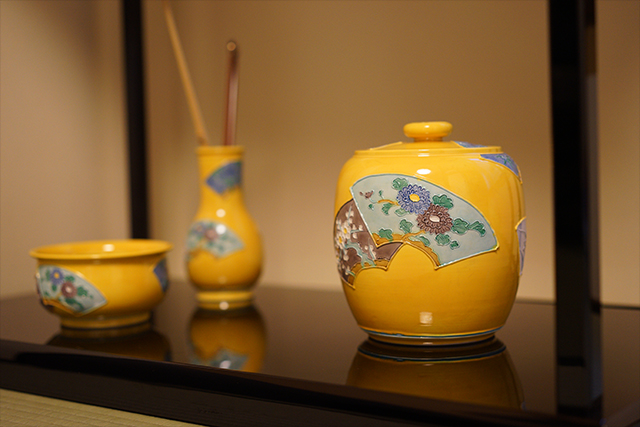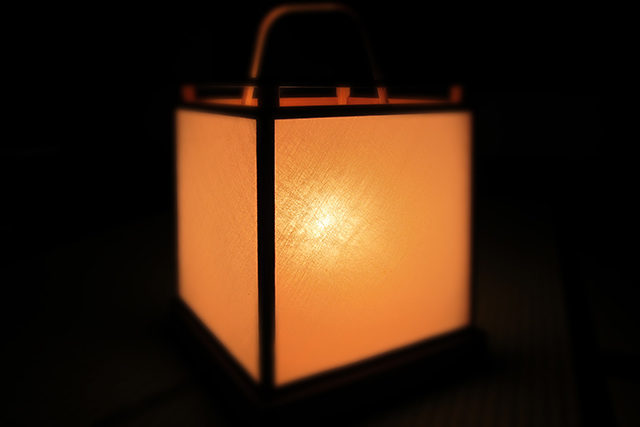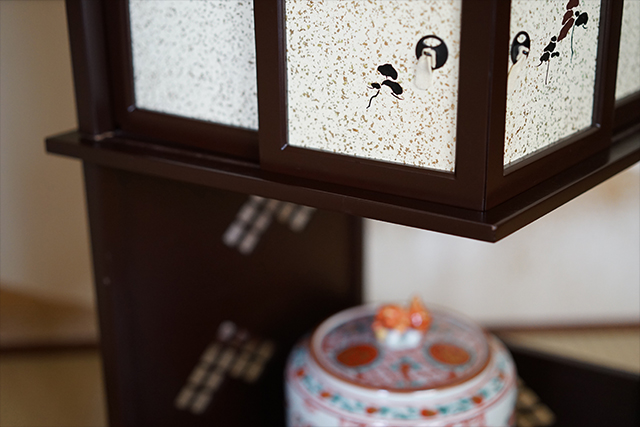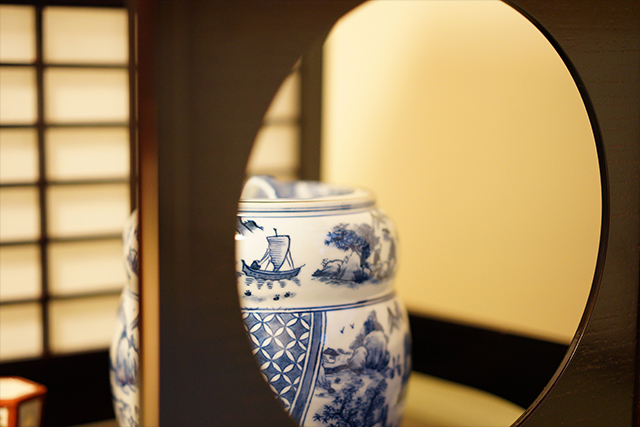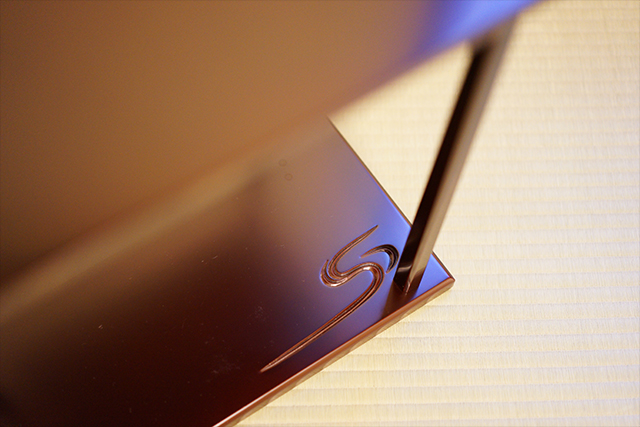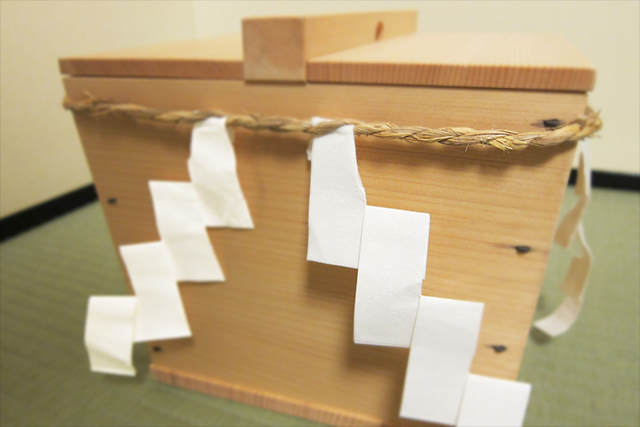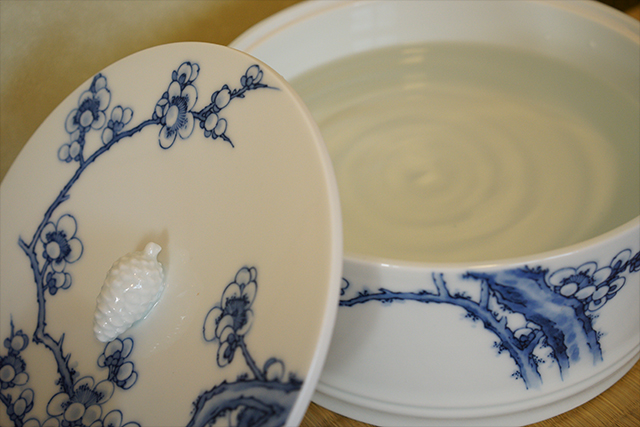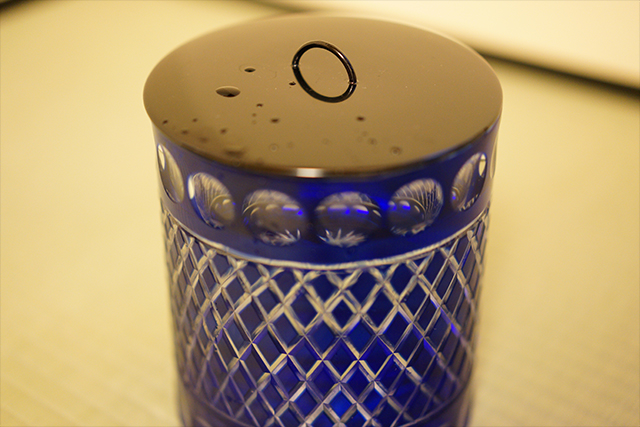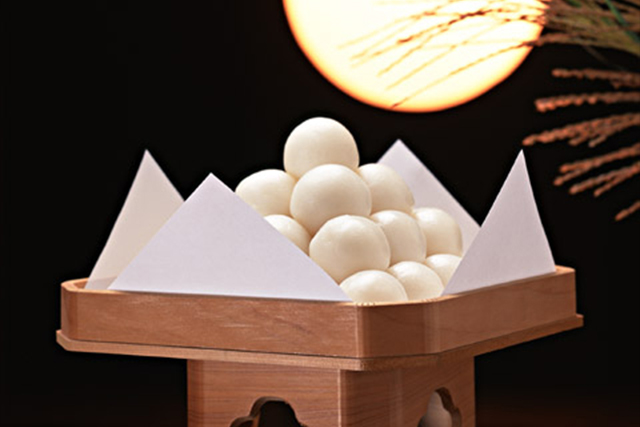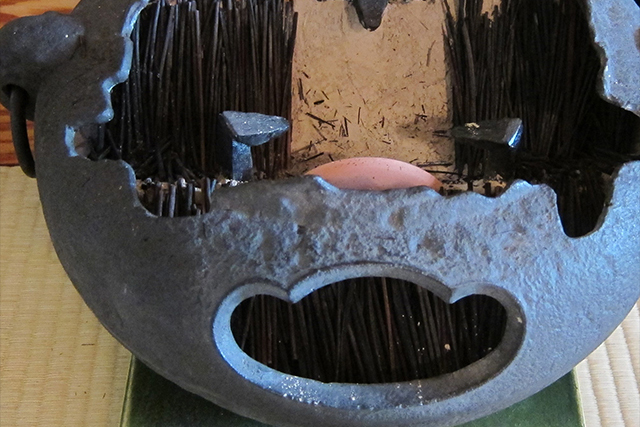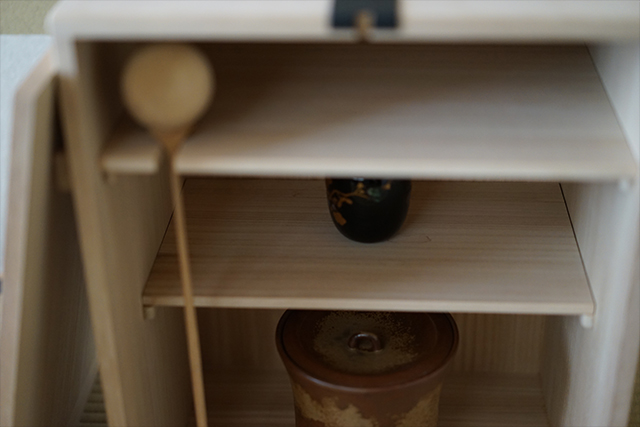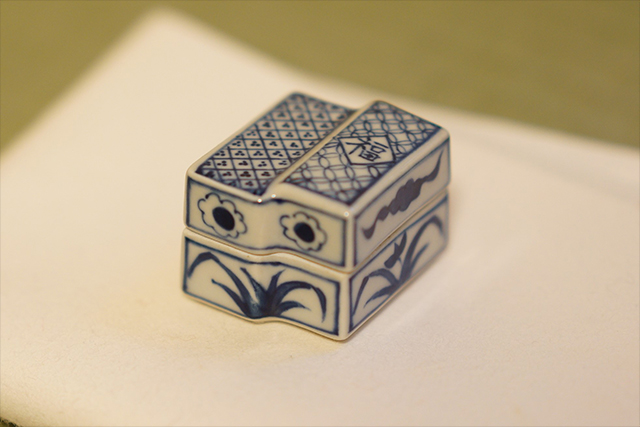 Learn the basics of chado and get hands-on experience making a bowl of matcha tea.
Learn the basics of chado and get hands-on experience making a bowl of matcha tea.
- DURATION: Approx. 90 minutes.
- LOCATION: 2-3-12 Kotobuki, Taitoku, Tokyo
Map
Downloadable flyer - BASIC CAPACITY: Ten people per session.
The reservation calendar indicates number of people still available in each session.
(This workshop is shared with other guests. To book a private session, please refer to PRIVATE SESSION in RESERVATION POLICY. For a booking with a party of more than the capacity, please contact us here for inquiry.)
Please note, basic capacity per session could be increased upon request for up to 12 people. Also, if the number of people in your booking doesn’t fit into your desired time slot, please contact us here for inquiry, we might be able to accommodate.
- RESERVATION: Booking must be made at least two hours prior to the requested time slot.
- DATE: Tuesdays through Saturdays. (We are closed on Sundays and Mondays.)
- TIME SCHEDULE:
Time Slot 1 : 10:00 AM – 11:30 AM
Time Slot 2 : 12:00 PM – 1:30 PM
Time Slot 3 : 2:00 PM – 3:30 PM
Time Slot 4 : 4:00 PM – 5:30 PM
- DRESS CODE: Casual and comfortable, as you will be seated on a tatami floor. (Mini skirts, short dresses, tight pants, or bare feet are NOT recommended.)
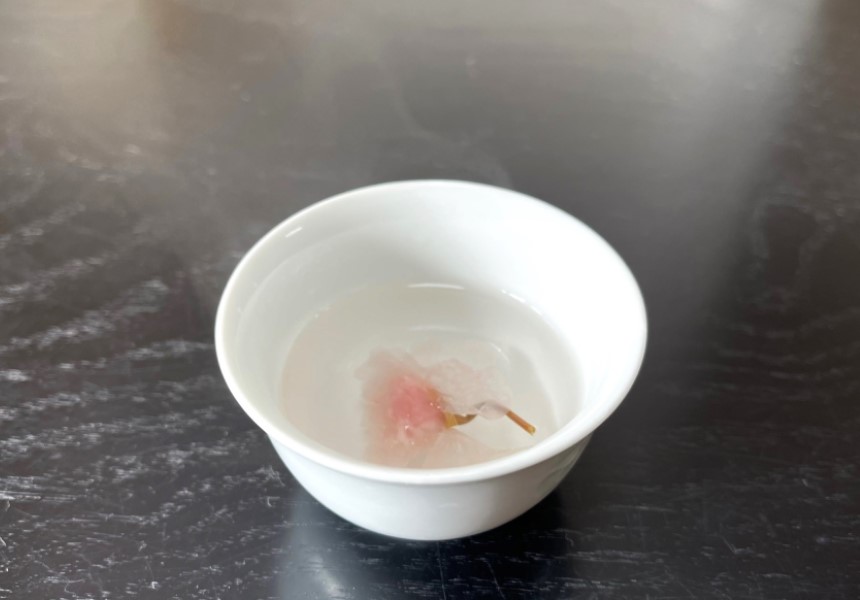
A cup of Sakura tea (Cherry blossom) served by the host as a welcome drink.
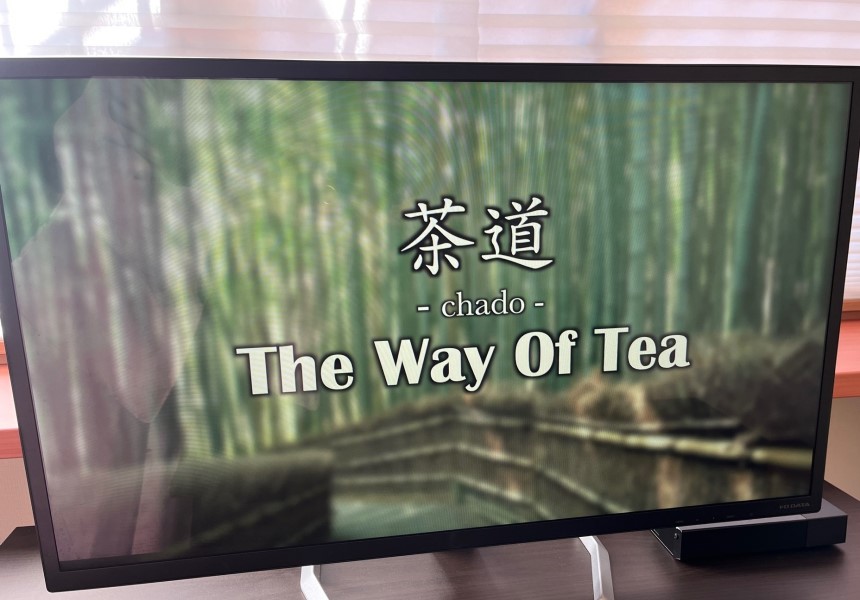
A 10-minute video to learn the history and core concepts of Chado.
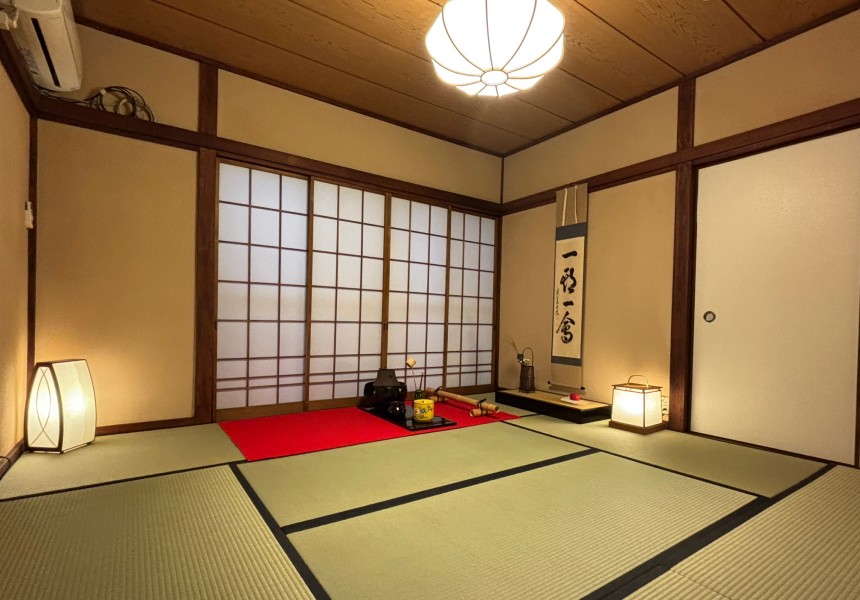
Learn about the tearoom and enjoy the meditative time in it.
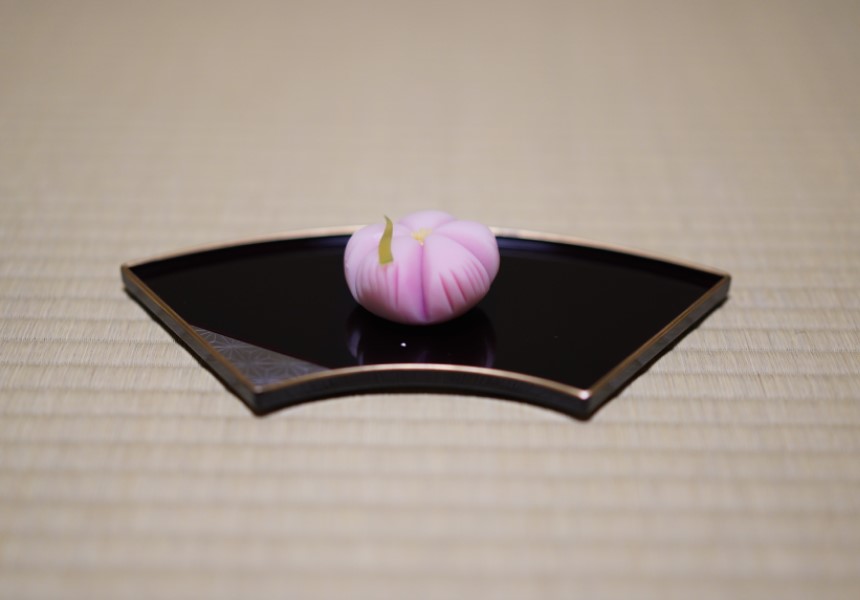
Enjoy a traditional Japanese confection.
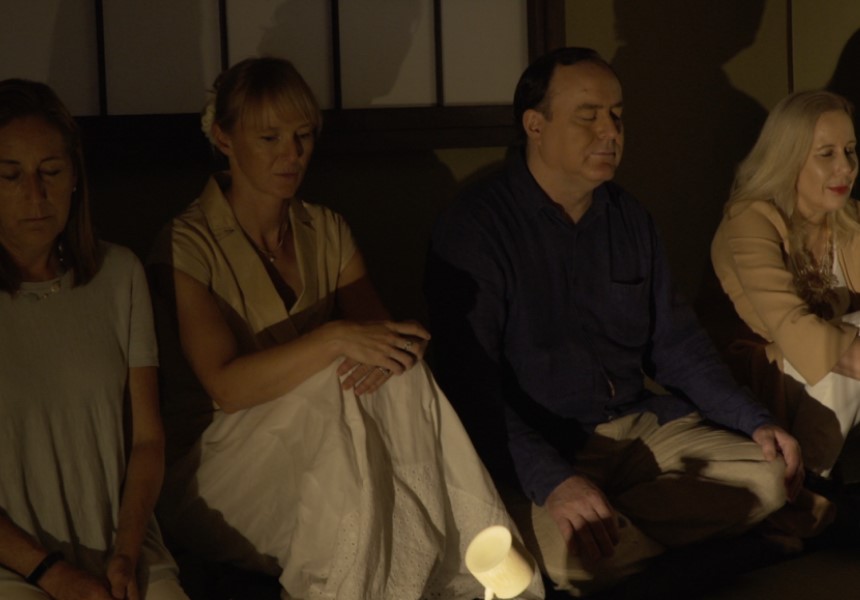
Let’s leave all the mundane affairs of the world behind.
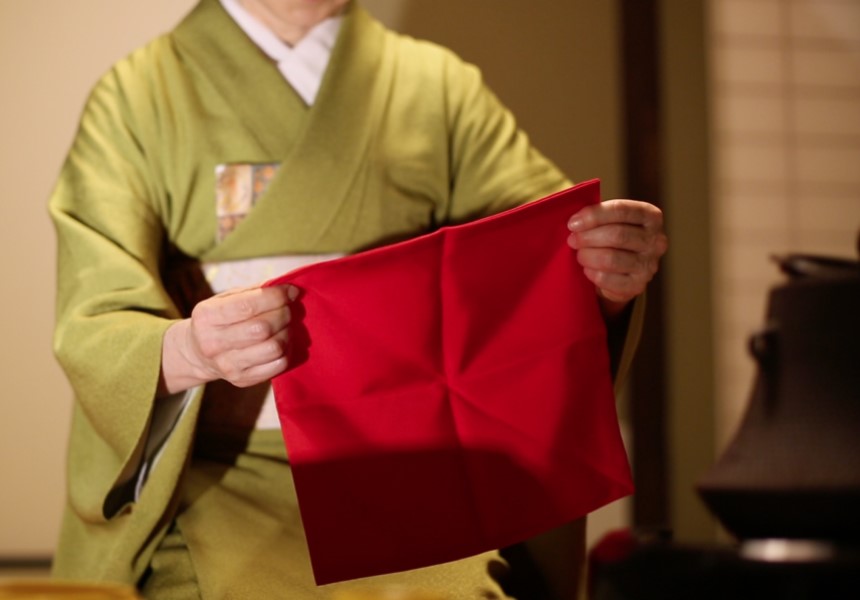
The formal performance for making koicha, the main matcha tea in the ceremony.
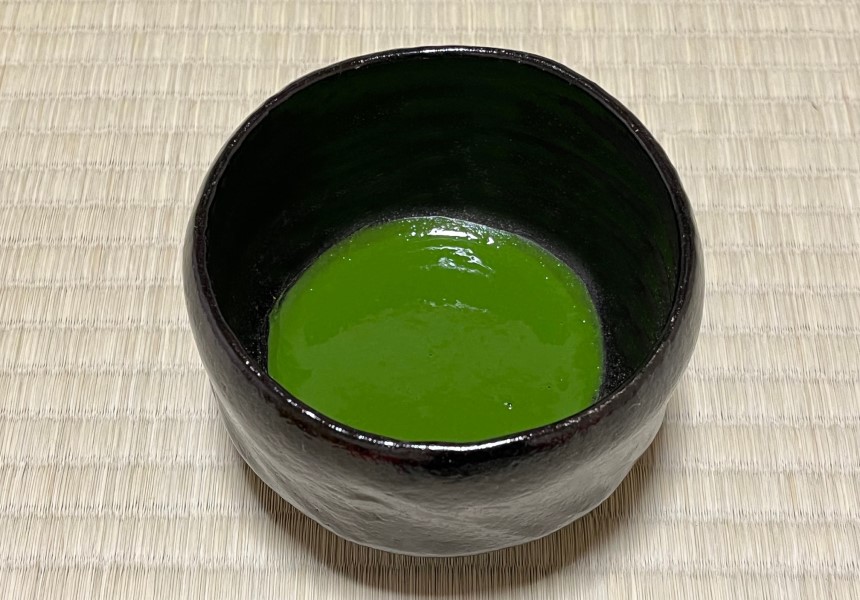
Let’s taste the strong matcha tea, koicha, the original form drunk by samurai.
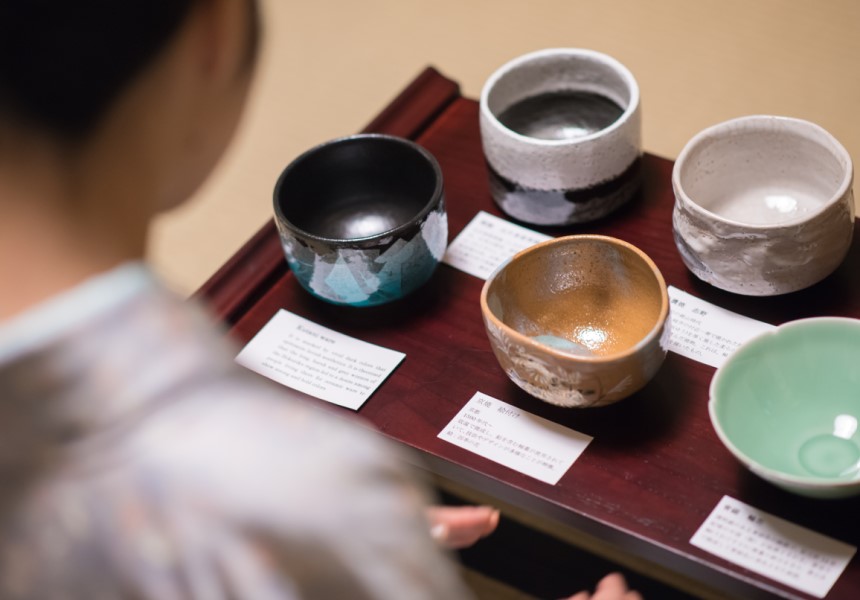
Learn the variety of tea bowls from different regions and how different shapes yield different tastes and experiences.
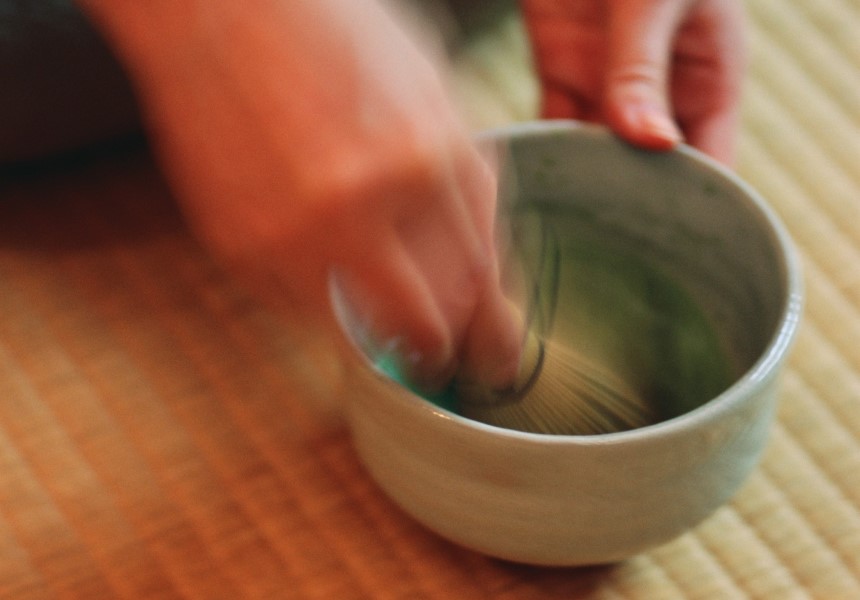
A hands-on lesson to make a bowl of usucha, a thin matcha tea with a thick foam on top.
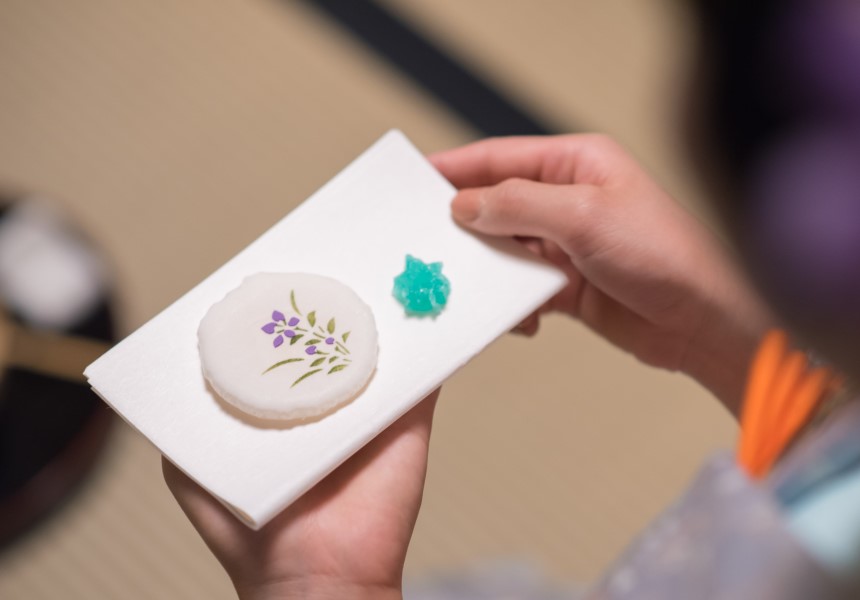
Enjoy dry sweets before drinking usucha.
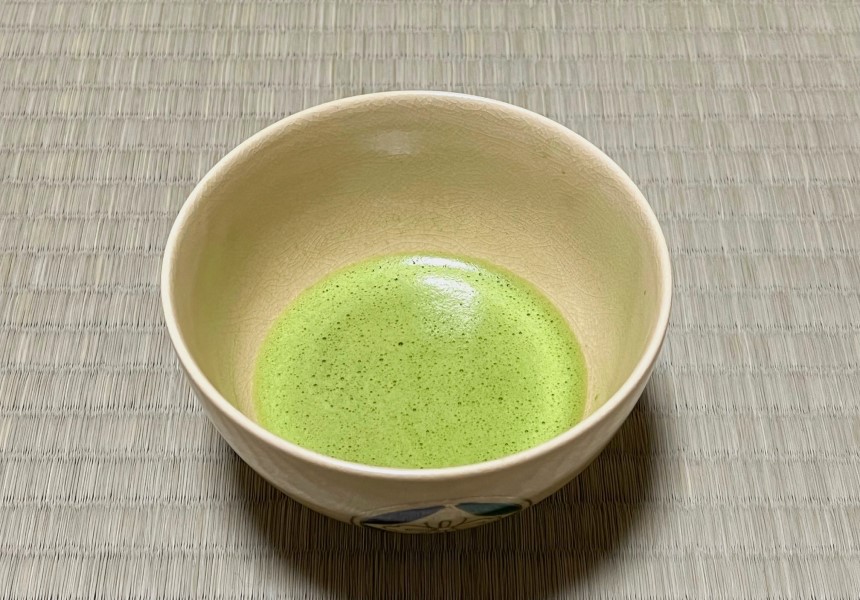
Enjoy a bowl of usucha.
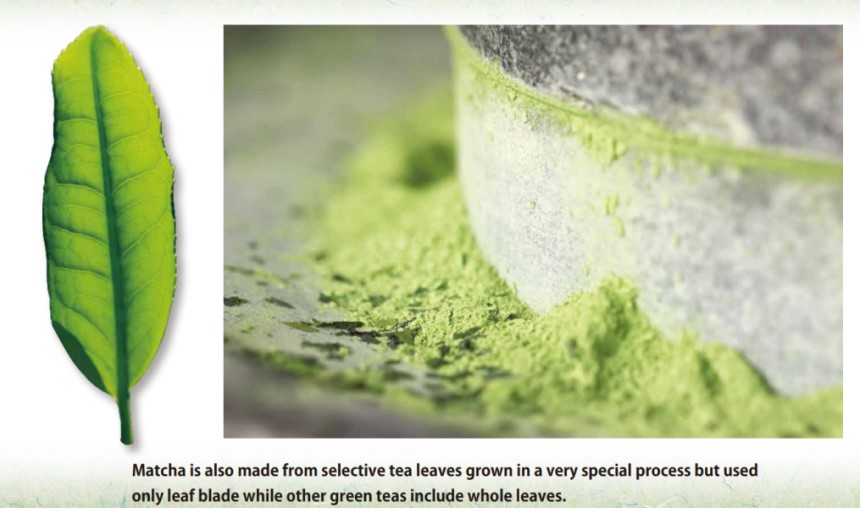
Learn about matcha powder.
■ PARTICIPATION FEE
90-minute Chado Workshop
¥5,000 per person (¥5,500 including tax)
90-minute Private Chado Workshop
¥40,000 per session (¥44,000 including tax)
- up to eight people per session -
■IMPORTANT NOTES
-
Please inform us if you have any food allergies or dietary restrictions in advance.
We will try our best to accommodate your needs. - Please note that this workshop is designed for participants 10 years old and above. Please do not bring babies to our workshop for safety reasons. We use hot water and a kettle on the stove in the tearoom.
- In the case the government recommends wearing masks in an inside space due to infectious disease, we would ask all participants to wear masks when they are not eating or drinking.


